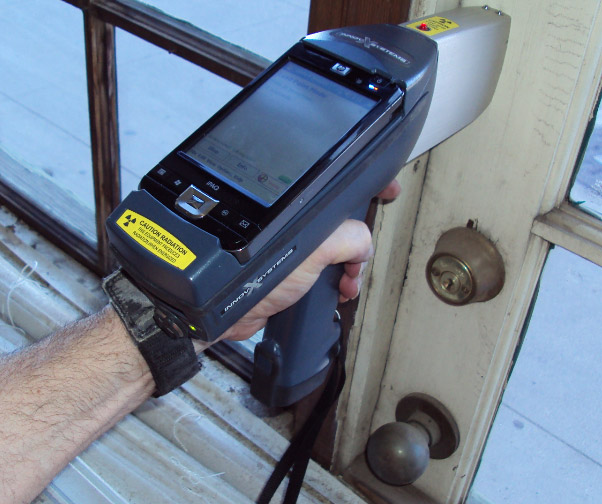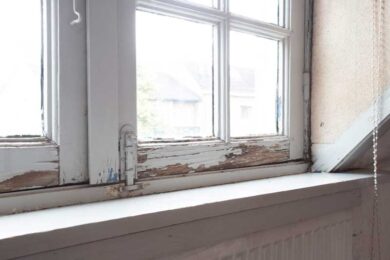Professional Lead Violation Removal in NYC-- Secure Versus Health And Wellness Hazards
Professional Lead Violation Removal in NYC-- Secure Versus Health And Wellness Hazards
Blog Article
Best Practices for Making Certain Safe and Extensive Lead Offense Abatement
Addressing lead offense reduction calls for a multi-faceted approach to make certain both safety and security and conformity. It's the final clearance process, involving thorough examinations and research laboratory screening, that really validates a lead-free setting, making sure long-lasting safety. Just how do these techniques interconnect to guarantee thorough lead abatement?

Preliminary Assessment
Conducting a first assessment is a critical very first step in lead violation reduction. This phase incorporates an in-depth analysis of the building to determine the presence, degree, and specific areas of lead-based risks. Certified experts, such as qualified lead examiners or take the chance of assessors, ought to execute a detailed website assessment, utilizing tools like X-ray fluorescence (XRF) analyzers to properly discover and gauge lead concentrations in paint, dirt, dirt, and water.
The evaluation should additionally include an evaluation of the structure's history, previous records, and any kind of grievances or wellness issues reported by passengers - Lead Removal Contractors. Recording the findings diligently is important, as these documents create the basis for developing an efficient reduction strategy. A complete analysis also includes tasting and research laboratory evaluation, which are vital to validate the visibility of lead and guide subsequent actions
Moreover, it is essential to interact the results transparently to all stakeholders, consisting of homeowner, occupants, and governing authorities. By ensuring that the initial assessment is conducted with precision and rigor, experts can lay a solid foundation for a targeted and effective lead abatement process, inevitably guarding public health and ensuring compliance with regulatory standards.
Correct Containment
Proper containment is crucial to stop the spread of lead contaminants during abatement tasks. Properly taking care of control lessens the danger of lead dust and debris moving to non-work locations, consequently securing both the setting and people outside the prompt work zone. To achieve correct control, a closed barrier of plastic bed linen need to be established around the workplace, ensuring all joints and sides are safely secured. Lead Removal Contractors. This barrier should expand from flooring to ceiling and be taped down to prevent any kind of leaks.

Routine inspections of the control location are needed to check for violations or weak points in the obstacle. Any type of recognized problems need to be immediately dealt with to preserve the honesty of the containment. By sticking to these techniques, reduction tasks can successfully control lead contamination and alleviate associated health and wellness threats.
Worker Security
Making certain worker security is extremely important during lead reduction jobs to protect against work direct exposure to unsafe lead particles. Necessary measures include using individual safety equipment (PPE) such as respirators, gloves, and full-body fits specifically developed to obstruct lead dirt and fumes. Employees should go through detailed training on the proper use and maintenance of PPE, including in shape testing for respirators to make sure optimum efficacy.
Engineering controls, such as local exhaust ventilation systems, are crucial in lessening air-borne lead focus in the job setting. Management controls should also be implemented, including limiting the duration of exposure and rotating workers to decrease private exposure times. Routine medical surveillance and biological monitoring are vital for very early detection of lead absorption, allowing Get the facts timely intervention and treatment.
Furthermore, establishing a purification method is essential. Employees need to adhere to rigorous purification treatments prior to breaks and at the end of their shift to stop lead dust from being lugged outside the workspace. This includes comprehensive hand and face washing with lead-specific cleaner and altering out of infected clothing.
Meticulous Clean-up
Maintaining a risk-free work setting expands beyond worker security and includes careful clean-up to make certain lead fragments are extensively eliminated from the site. The process of precise cleaning is essential in protecting against the recontamination of the moderated area and safeguarding both existing and future residents.
To achieve a thorough cleanup, all workplace must be methodically sanitized. This involves using specialized HEPA (High-Efficiency visit Particulate Air) hoover and wet-wiping methods to record and remove great lead dust that might have chosen surface areas. It is important to cleanse all horizontal surface areas, including floors, home window sills, and countertops, along with vertical surfaces that might have trapped lead bits.
Employees must use appropriate personal safety tools (PPE) during clean-up to stay clear of exposure to residual lead dirt. Made use of cleaning materials such as wipes, sponges, and wipe heads need to be gotten rid of based on dangerous waste disposal guidelines.

Final Clearance
Final clearance is the essential concluding phase of lead abatement that identifies whether the site is safe for reoccupation. This crucial step involves comprehensive inspection and testing to verify that all lead hazards have actually been properly removed.

Final clearance testing not just secures future residents but likewise guarantees compliance with neighborhood, state, and federal policies. Moreover, it works as a documented recognition of the reduction professional's adherence to sector finest practices. Making sure an extensive and effective final clearance is important in guarding public health and wellness and fostering count on the abatement procedure.
Conclusion
Making sure safe and complete lead infraction reduction necessitates a complex strategy including first assessments with sophisticated discovery techniques, reliable containment methods, rigorous worker security methods, and careful cleaning procedures. The final clearance phase, including comprehensive examinations and research laboratory testing, is crucial to confirm conformity with EPA requirements. Adherence to these ideal practices guarantees a safe setting for passengers, mitigates health risks, and promotes governing needs, consequently promoting public Clicking Here wellness and safety in lead-affected areas.
Report this page